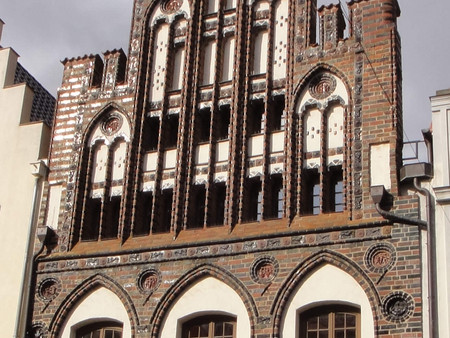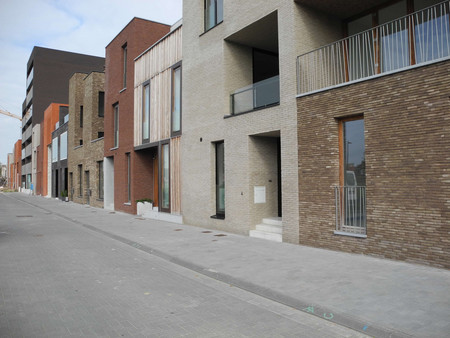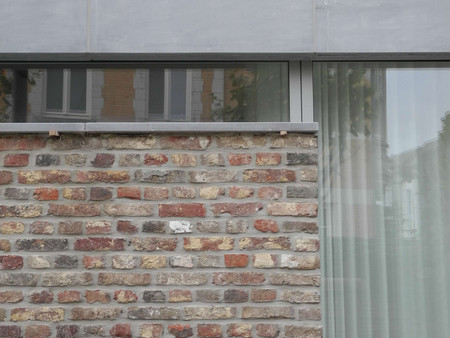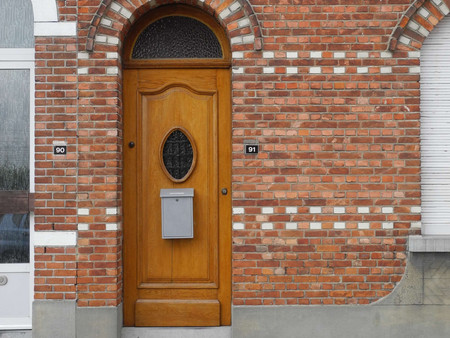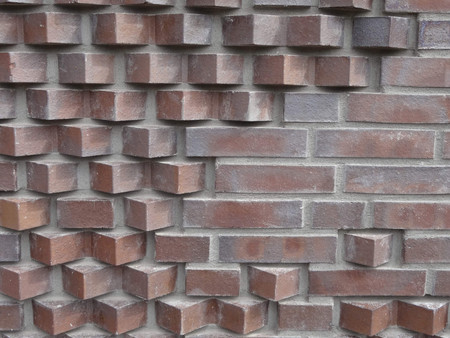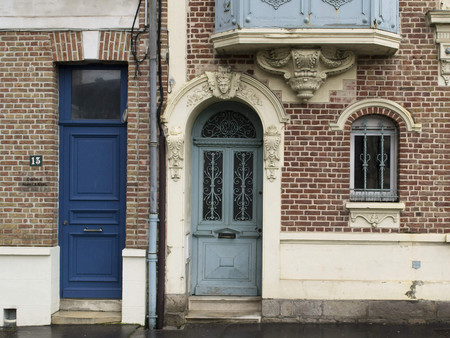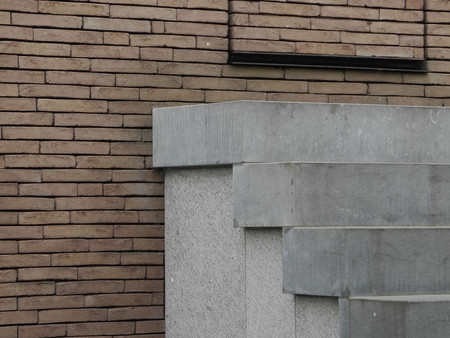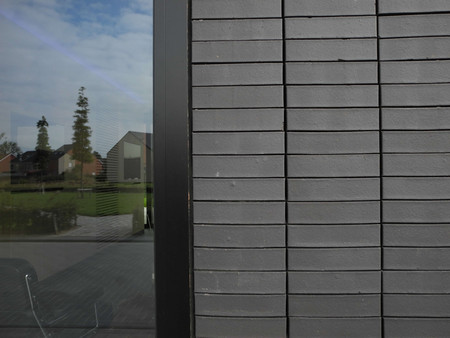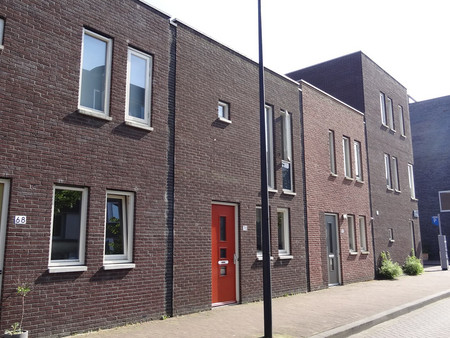Colour Research Vol.2
Of Bricks and Blocks
Variety in Colour and Appearance
Colour is not only a question of coatings, materials themselves are also colour carriers - the classic example of this are bricks and tiles with their regional affiliation.
Bricks are among the most traditional building materials for solid masonry as well as for facing brickwork, which has been practiced since the 19th century. Bricks, and with them the more strongly fired and more resistant facing bricks, are generally regarded as replacement materials for non-existent or too expensive natural stone. Therefore, wherever there is no natural stone available locally, you will find brick-faced buildings. Coastal regions along the North Sea and Baltic Sea are regarded as the strongholds of bricklaying, not least because they were best able to withstand the special challenges of the local climate in the past. Today, this exclusivity no longer applies in this form; other facade constructions can also cope well with the nearby sea. But because traditions are long-lived and shape the characteristic appearance of the regions, brick has not lost any of its relevance to this day. On the contrary: in the form of flat facing bricks for insulation systems, it ideally combines aesthetics and functionality. Because the colours, surface finish, dimensions, laying patterns, and joints are very variable, bricks can be used in a wide variety of modern architectural contexts. Subtle multi-coloured facades with horizontal or vertical joints as well as small dimensions blend into almost every local and temporal context.
Iron Adds Red Shades
To be precise, bricks and facing bricks are enormously varied in colour, because the raw material clay is composed differently depending on the region where it is mined. The pigments contained are therefore identical to the local earths and natural stones, which result in a very natural and authentic appearance.
The more iron the clay contains, the redder the brick appears after firing; little iron and more lime produces yellow colours. In addition, the supply of oxygen during the firing process controls the colouring. Clay mineral materials additionally allow the targeted colouring of the surface. Colour glazes and decorative elements have also enabled almost playful designs in the past.
With the industrialized production of bricks, the regional influence of the raw material on colouring declined in favour of a very differentiated and widely available range. This does not mean that regional preferences will disappear - quite the contrary. In the Netherlands, other shades are also used for current buildings than, for example, in the Lübeck area, the stronghold of brick neo-Gothic. And the old cities of Flanders present completely different colour constellations.
While in the past brick was combined with natural stone for structuring elements on prominent buildings, modern everyday buildings often combine wood or plaster with timber frameworks or wood frame constructions - and, of course, again and again in constructive connection with curtain walls or thermal insulation composite systems. For this purpose, Caparol also provides handmade, mineral-based "Meldorf flat facing bricks", which are visually indistinguishable from real bricks.
A Question of Joints
Just as important in terms of design as bricks or facing bricks is the joint and the laying bond. A façade with recessed joints looks different from a façade with open or differently coloured joints. Dark joints between darker bricks create a flat overall appearance, while light joint materials lead to a strong accentuation of the individual bricks and the type of bond. Grey joints are generally regarded as classics, although it is also possible to experiment with coloured joints in terms of design. Finally, bonds with differentiated colour nuances are currently being used instead of homogeneous colours. This creates a lively, but not chaotic impression, especially in case of large-area facades without divisions. Because bricks have always been relatively expensive building materials, the recycling of used brick has always been practiced - today this is done again in the sense of sustainability and authenticity. This is not only about creating a "vintage look", but also about visible historical references.
Despite the harmonisation of many peculiarities in Europe, very specific colour cultures have survived in the regions to this day. Three years ago, Caparol's ColorDesignStudio started to explore these cultures, including the colourfulness of brick and its relatives. These include Meldorf flat facing brick as well as ceramic coverings, whose colour repertoire shows typical brick colours.





